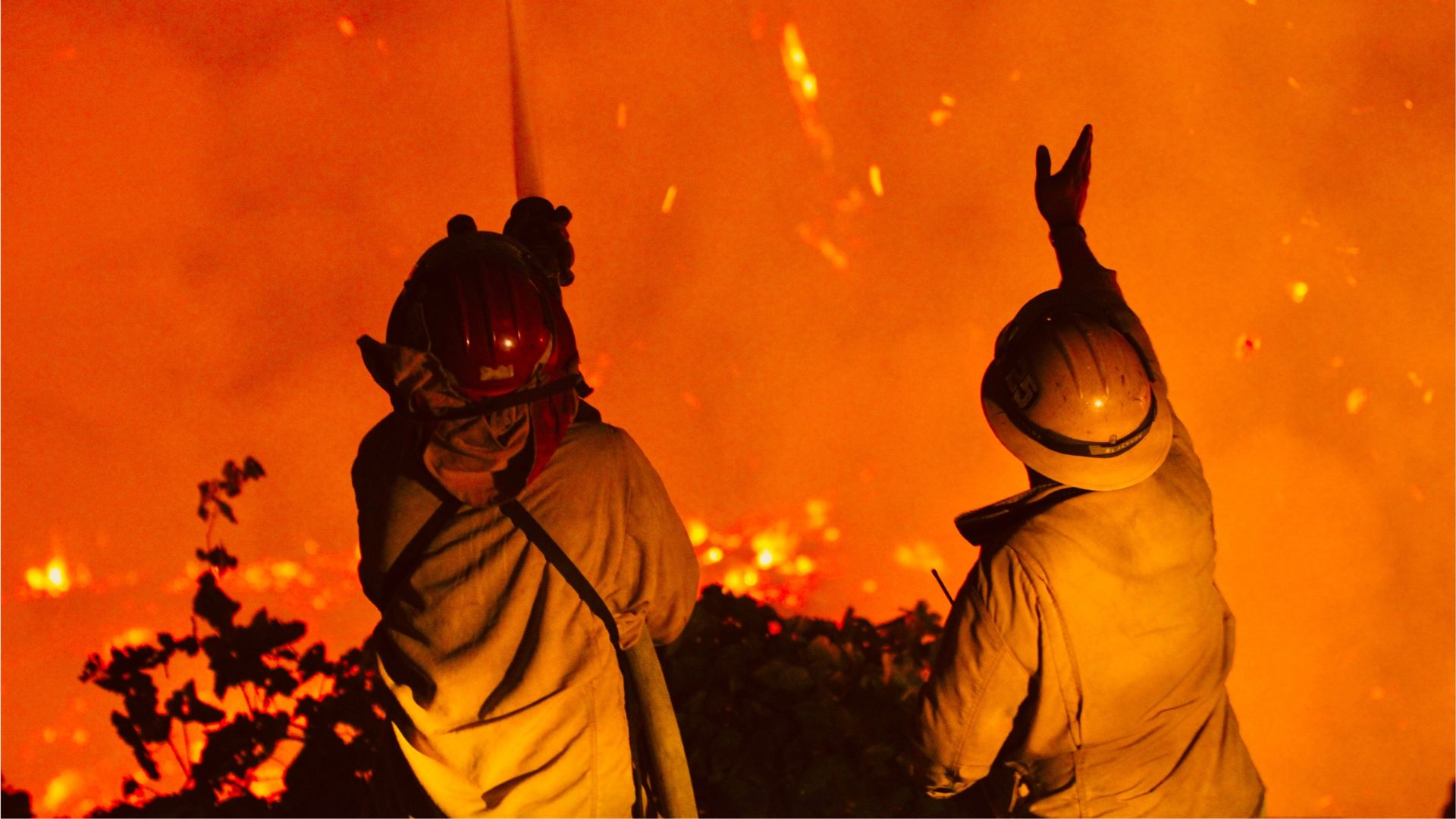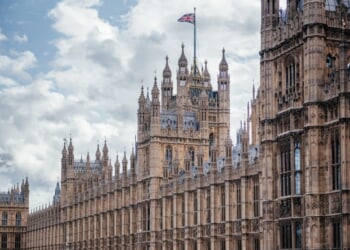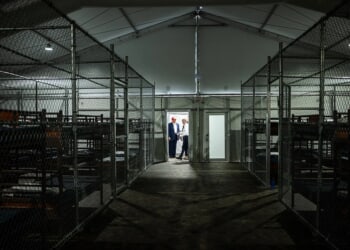
Residents in parts of Los Angeles County expressed frustration and anger this week after the California State Senate passed Senate Bill 549, a measure that would establish a new government authority to purchase fire-damaged properties for low-income housing development.
California Senate’s Outrageous SB 549 Land Grab Exposed – Democrats Betray Homeowners with Radical Globalist Housing Scheme for Criminal Illegals, Directly Contradicting Gavin Newsom’s Empty Promises, Urging Voters to Throw Out Corrupt Party or Lose State Forever! RETWEET
The… pic.twitter.com/s8fk666ZBZ
— Christopher Calvin Reid (@ReidFirm) July 15, 2025
Trump’s Sovereign Wealth Fund: What Could It Mean For Your Money?
The bill, introduced by State Sen. Ben Allen (D-Santa Monica), passed Tuesday and now moves to the State Assembly for consideration.
The legislation, if enacted, would authorize the County of Los Angeles to create a “Resilient Rebuilding Authority” with the power to collect local property taxes under specific conditions.
You called this when there were still embers to be put out.
— Peter Divona (@PeterD5319) July 15, 2025
This Could Be the Most Important Video Gun Owners Watch All Year
According to the bill’s language, at least 40 percent of the total funds collected must be used “for the acquisition, construction, or rehabilitation of housing, including the costs of predevelopment and land acquisition, for households with incomes below 60 percent of area median income for rent or purchase.”
The bill follows significant fire damage in the region caused by the Palisades Fire and the Eaton Fire earlier this year. In response to those disasters, Los Angeles County Supervisor Lindsey Horvath established a “Blue Ribbon Commission” to evaluate rebuilding strategies.
The recommendation to form the new authority stemmed from that commission’s work.
However, the process has drawn criticism from local residents, many of whom say they were blindsided by the sudden proposal.
Community members have also raised concerns over the transparency of the Blue Ribbon Commission, which reportedly met behind closed doors and released the proposal without public notice.
“Absolutely insane proposal to further screw our neighbor. When will we stop voting for these dangerous people and wake up?!?” one resident posted on a neighborhood forum.
Another wrote, “I have no problem with middle income living in newly constructed apartments. I grew up working class and lived among teachers, insurance salespeople, small business owners and other hard-working people. We all had a hard work ethic and were respectful to each other. That is a lot different than what current politicians are proposing for the area.”
Just one week before the bill passed the Senate, California Governor Gavin Newsom allocated $101 million in state funds for low-income housing development in the fire-affected zones.
Huh. I guess Gruesome Newsom WAS lying. Surprise, surprise. Sorry, rich leftists. You’re gonna LOVE what your Gov has planned for your community.
“— Six months after the devastating Palisades and Eaton fires, California Gov. Gavin Newsom unveiled $101 million in funding Tuesday… pic.twitter.com/j4W03VW8yn
— 𝓙𝓲𝓵𝓵 🇺🇸 (@ItsJustJill) July 11, 2025
The timing of the bill’s passage and the funding announcement has further fueled suspicion among some homeowners, many of whom are still struggling to rebuild due to underinsurance or insurance policy cancellations that occurred before the fires.
Several residents have blamed state-imposed restrictions on premium increases for driving insurers out of the market.
The Center Square reported that, under current guidelines, projects categorized as “Supportive Housing Multifamily Housing” must dedicate at least 40 percent of units to individuals who are homeless or have spent at least 15 days in facilities such as jails, hospitals, prisons, or mental health institutions.
This provision has raised additional concerns from residents, some of whom allege that state and local authorities have been slow to approve rebuilding permits in an effort to force original property owners to sell.
Gavin Newsom and Karen Bass are simply going to exhaust homeowners so their land can be bought for pennies on the dollar. Then the commies can implement their “low income housing” and “15 minute cities” schemes.
The days of traditional families in California are over. https://t.co/jrI7ZNJ78U
— James Woods (@RealJamesWoods) July 14, 2025
They argue that this would allow the state to acquire land for redistribution to lower-income populations, including migrants.
The debate over low-income housing in high-value areas like Pacific Palisades is not new.
Opponents of the current bill have pointed out that the community already had forms of affordable housing, including a trailer park and fixed-income homeowners who purchased property decades ago.
SB 549 now heads to the California State Assembly.
If approved, it is expected to be signed into law by Gov. Newsom.
The measure aligns with ongoing efforts by the Newsom administration to expand low-income housing and may also reflect broader political calculations as the governor is viewed as a potential candidate for the 2028 Democratic presidential nomination.

![Outrage Erupts as Newsom-Backed Bill Targets Burned L.A. Homes for Redistribution [WATCH]](https://www.right2024.com/wp-content/uploads/2025/07/Outrage-Erupts-as-Newsom-Backed-Bill-Targets-Burned-LA-Homes-for-750x375.jpg)


![Coast Guard Rescue Swimmer Credited with Saving 165 People [WATCH]](https://www.right2024.com/wp-content/uploads/2025/07/Coast-Guard-Rescue-Swimmer-Credited-with-Saving-165-People-WATCH-350x250.jpg)









